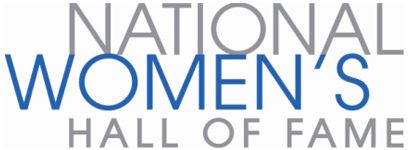Eileen Collins was launched into history when she became the first American woman to pilot a spacecraft. Of this trailblazing mission, Collins said, “This mission marks the first baby steps in international space cooperation.”
Collins worked hard and overcame adversity every inch of the way on her journey to space. Her family struggled to make ends meet in upstate New York, and she put herself through community college and paid for flying lessons by working full time in a variety of jobs. Collins learned to fly when she was only 19: “I didn”t spend money on clothes…I”d grown up watching gliders fly off Harris Hill (in Elmira, New York) and I”d always dreamed of flying.” She graduated from Syracuse University with a bachelor’s in mathematics and economics, and obtained a master’s in operations research from Stanford University in 1986. She also holds a master’s in space systems management from Webster University. From 1986 to 1989, Collins was a math instructor at the Air Force Academy. During that time, she was also a test pilot at Edwards Air Force base, flying 26 different aircraft in a single year.
In 1990, Collins was selected by NASA and became an astronaut in July 1991. Collins became the first woman to pilot a space shuttle, when Discovery completed an eight-day mission in February 1995. That mission included the first space rendezvous with the Russian space station Mir. Collins made history again in 1999, when she commanded the Columbia, for mission STS-93. Throughout her career, Collins has logged over 6,751 hours in 30 different types of aircraft.
Retired from NASA since 2006, Collins has received numerous awards including the Distinguished Flying Cross, Defense Meritorious Service Medal, French Legion of Honor, NASA Outstanding Leadership Medal, Free Spirit Award, and the National Space Trophy.
Collins is well aware of the pioneering nature of her work: “I want to do well because I know that I”m representing other women, other pilots, military pilots as well as civilian pilots who are hoping to come here to NASA and be pilots themselves for the space shuttle.”

